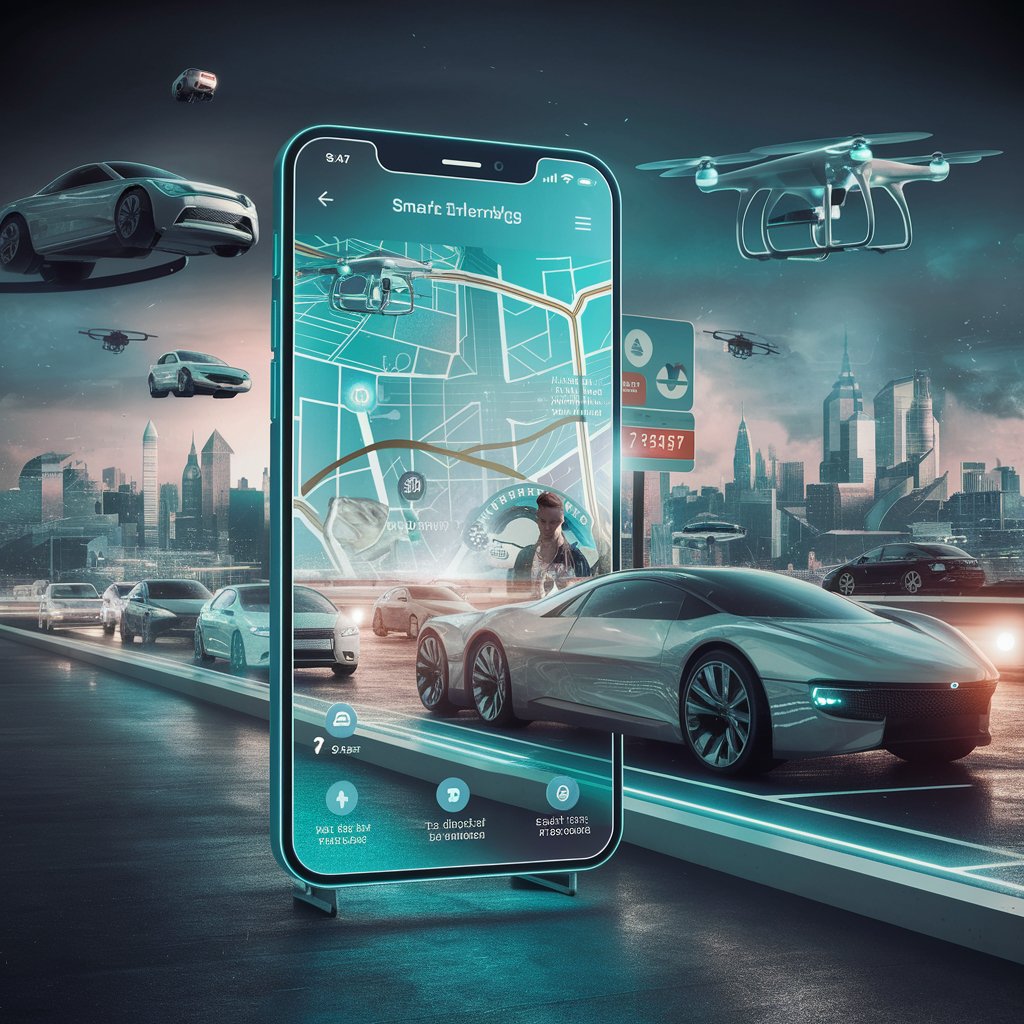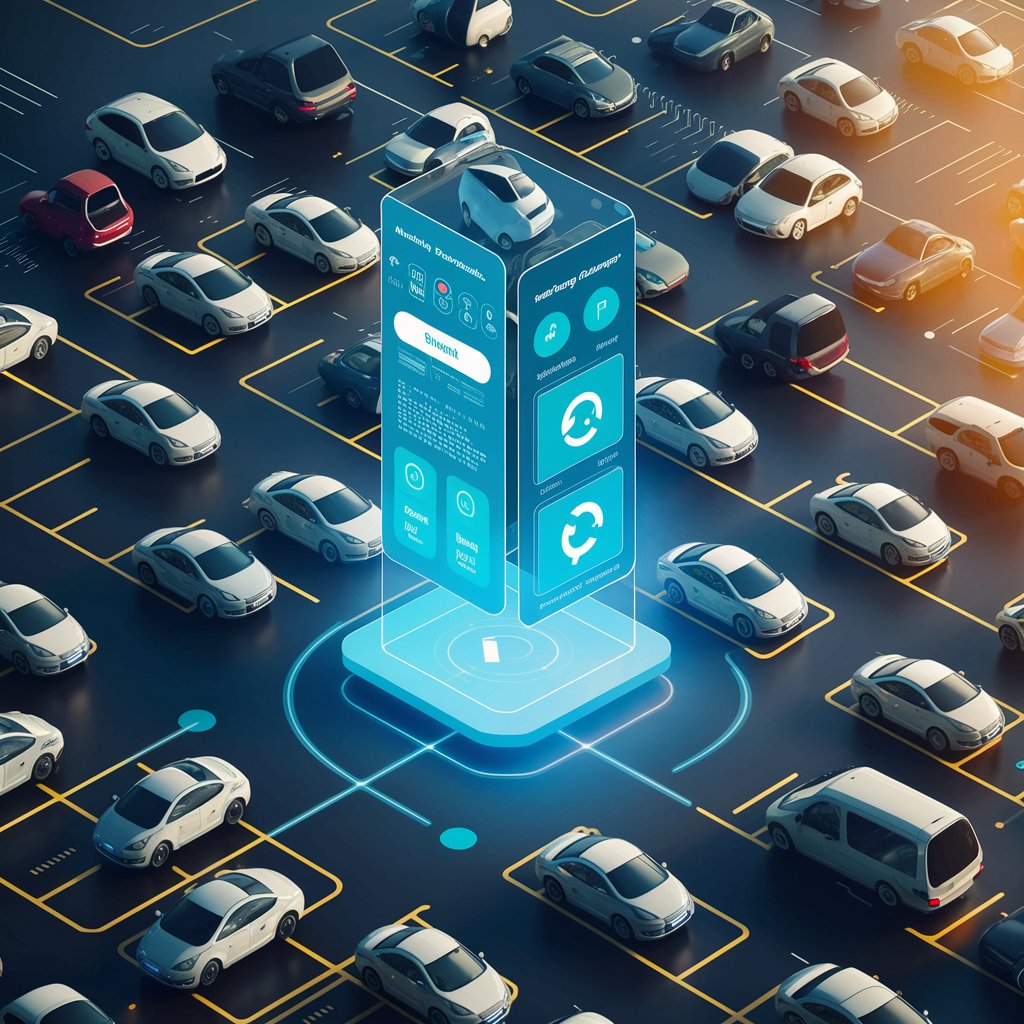Creating a smart vehicle parking app involves integrating various technologies to streamline the parking process, enhance user experience, and optimize parking space utilization. This comprehensive guide will explore the key components, features, challenges, and technologies involved in developing such an app.
Understanding the Need for Smart Vehicle Parking Solutions
Urbanization and population growth have intensified the challenges associated with vehicle parking in cities worldwide. Finding convenient and available parking spaces has become increasingly difficult, leading to congestion, wasted fuel, and environmental concerns. Smart parking solutions aim to address these issues by leveraging technology to make parking easier, more efficient, and environmentally sustainable.
Key Components of a Smart Vehicle Parking App
1. User Interface (UI) and User Experience (UX)
A user-friendly interface is crucial for the success of any app. The parking app should provide intuitive navigation, clear instructions, and a visually appealing design. Key features include:
- Search and Reservation: Users should be able to search for nearby parking spaces, view availability, and reserve spots in advance.
- Navigation: Integration with GPS for directions to the selected parking spot.
- Payment Integration: Seamless payment options through the app, including integration with digital wallets and payment gateways.
2. Real-time Data Integration
Access to real-time data is essential for efficient parking management:
- Occupancy Sensors: Sensors installed in parking spaces detect occupancy in real-time, enabling the app to display available spots.
- IoT Integration: Internet of Things (IoT) devices for monitoring and managing parking spaces remotely.
- Data Analytics: Analyzing historical data to predict parking demand and optimize resource allocation.
3. Mobile Payments and Billing
Facilitating secure and convenient payment options:
- Mobile Wallet Integration: Supporting payments through digital wallets like Apple Pay, Google Pay, etc.
- Billing: Automated billing based on parking duration and location.
4. Security and Access Control
Ensuring the security of user data and access to parking facilities:
- Authentication: Secure login and authentication mechanisms.
- Access Control: Integration with access control systems for gated parking facilities.
5. Integration with Parking Facilities
Collaboration with parking operators and facilities:
- API Integration: APIs for seamless integration with parking management systems.
- Partnerships: Collaborating with parking operators to expand the app’s coverage and availability.

Features of a Smart Vehicle Parking App
1. Real-time Availability Updates
Displaying real-time availability of parking spots to users.
2. Reservation System
Allowing users to reserve parking spots in advance.
3. Navigation Assistance
Providing navigation guidance to the selected parking spot.
4. Notifications
Sending alerts and reminders related to parking reservations and availability.
5. Feedback and Rating System
Gathering user feedback to improve services and parking facilities.
6. Integration with IoT Devices
Connecting with IoT sensors for real-time monitoring of parking spaces.
Technologies Powering Smart Parking Solutions
1. Internet of Things (IoT)
IoT sensors for real-time monitoring and data collection.
2. Geolocation and GPS
Utilizing GPS technology for location-based services and navigation.
3. Data Analytics
Analyzing data to optimize parking space utilization and predict demand.
4. Cloud Computing
Storing and processing large volumes of data securely.
5. Mobile App Development Frameworks
Frameworks like React Native, Flutter, etc., for cross-platform app development.
Challenges in Developing Smart Parking Apps
1. Data Privacy and Security
Ensuring the security of user data and transactions.
2. Integration Complexity
Integrating with existing parking infrastructure and management systems.
3. User Adoption and Behavior
Educating users about the benefits and usage of the app.
4. Reliability and Scalability
Ensuring the app can handle a large number of users and transactions.
5. Regulatory Compliance
Adhering to local regulations and parking laws.
Implementation Strategy
1. Market Research and Analysis
Understanding user needs and market dynamics.
2. Prototyping and Iterative Development
Building prototypes to test features and gather feedback.
3. Pilot Testing
Testing the app in real-world scenarios to identify and address issues.
4. Launch and Marketing
Launching the app and marketing it to potential users and stakeholders.
5. Continuous Improvement
Gathering user feedback and iterating to improve app performance and features.
Case Studies of Successful Smart Parking Apps
1. ParkMobile
A popular parking app in the United States, allowing users to find, reserve, and pay for parking spots.
2. EasyPark
Operates in multiple countries, offering a range of parking services through its app.
3. ParkWhiz
Focuses on providing parking reservations in advance across various locations.
Future Trends in Smart Parking Solutions
1. Autonomous Vehicles
Integration with autonomous vehicles for automated parking.
2. Blockchain Technology
Enhancing security and transparency in transactions.
3. Artificial Intelligence (AI)
AI-driven predictive analytics for parking demand and management.
4. Smart Cities Integration
Integration with broader smart city initiatives for seamless urban mobility.
Conclusion
Developing a smart vehicle parking app involves integrating various technologies and features to optimize parking space utilization, enhance user experience, and promote sustainability. By leveraging IoT, data analytics, and mobile technologies, developers can create innovative solutions to address urban parking challenges. Continuous improvement and adaptation to emerging technologies will be key to the success of smart parking apps in the future.











Leave a Reply